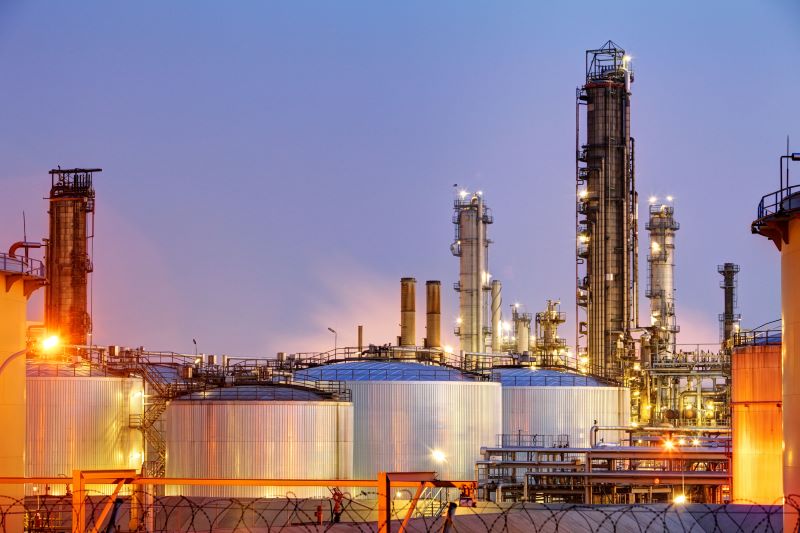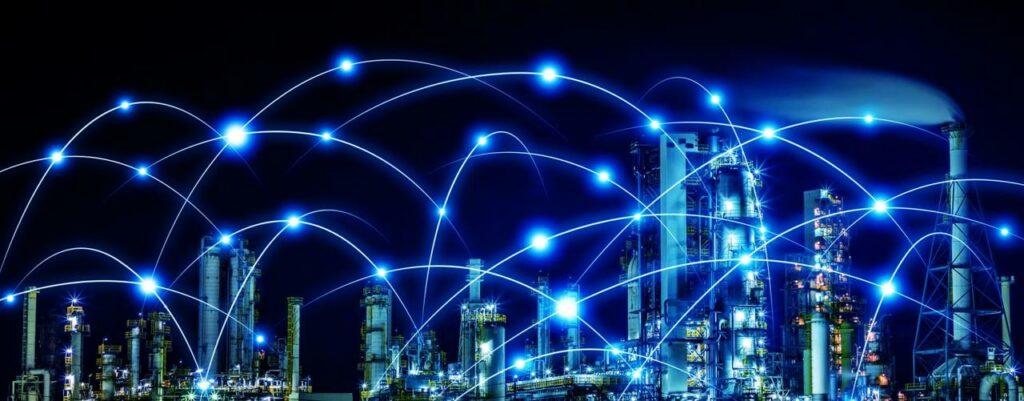Common pitfalls in refinery optimization processes
What does refinery optimization look like today? When we look at how most refineries are optimized, one particular picture emerges again and again: Today’s refinery optimization processes are largely manual. They also depend on qualified personnel with in-depth refinery process knowledge and the appropriate optimization technology. Due to demographic change, these specially qualified employees are becoming increasingly rare. Long-standing, experienced specialists are retiring and, together with the employees, the knowledge associated with them is being lost.
Other challenges of refinery optimization today include:
- Linear models are often used and have a limited range of validity
- Maintaining the process simulation, production planning, and production scheduling models is time-consuming and requires significant expertise
- The data reconciliation process is largely heuristic and simplistic
- Data is in silos and difficult to collect and manage
- The key constraints are not adequately identified and challenged
- Advanced control and real-time optimization strategies are not updated with plan and schedule changes
- Schedulers focus on finding a feasible solution with limited time to minimize the deviation to the plan or optimize the schedule
- The integration between the various applications is limited
The future of refinery optimization
The enormous potential of digitization will also prevail in traditional industries such as refineries. In the future, planning and scheduling optimization models will use disruptive technologies such as machine learning and/or cognitive computer functions using live data. The goal is to achieve a step change in the refinement of refinery optimization. Why machine learning and/or cognitive computing functions should be used?
The benefits of this include:
- Automated data driven optimization using AI
- Intelligent, automated work processes
- Automated data management and application integration
- Cloud deployment to facilitate collaboration, scalability, and rapid development and delivery of enhancements
- Automated surfacing of optimization opportunities
- Automated backcasting to close the gap between the plan, schedule, actual and optimum
- Automated model updates to create a self-learning digital twin
- Automated and optimized production scheduling
- Multi-unit dynamic optimization
However, this is not limited to refinery optimization. Similar possibilities exist in the optimization of oil and gas production and the production of petrochemicals. This technology has the potential to make a major contribution to the human resource and sustainability challenges facing the industry.
Are you ready for the future?




